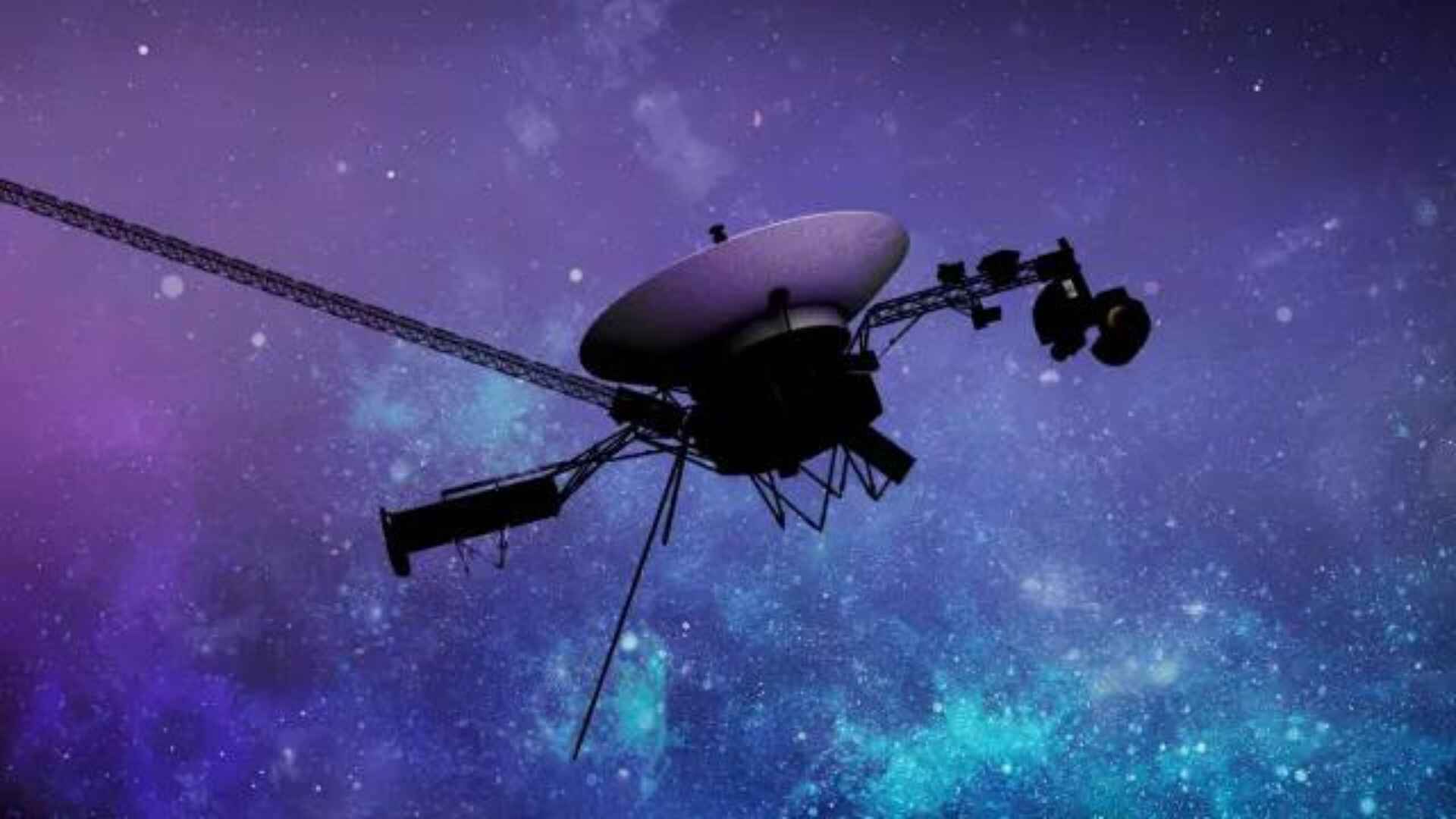NASA’s Voyager 1, which began acting erratically in November 2023 by transmitting gibberish and garbled data, is now fully operational once more, much to the relief of scientists and space enthusiasts. After nearly eight months, all four of its scientific instruments are again sending usable data back to Earth.
Launched on September 5, 1977, Voyager 1 started sending garbled data instead of its usual binary code last November. Given the spacecraft’s 47-year age and its position in uncharted interstellar space, 15 billion miles (or about 24 billion kilometers) from Earth, it was unsurprising that it might face technical issues.
Despite these challenges, the Voyager 1 team was steadfast in diagnosing and fixing the problem. They traced the malfunction to the flight data subsystem (FDS), which packages data for transmission to Earth. A detailed investigation pinpointed a faulty chip, allowing the team to devise a workaround. By rerouting the code to a new location in the FDS, Voyager 1 successfully transmitted clear data on April 20, 2024. Initially, only two of the four scientific instruments were operational, but now all instruments are functioning and effectively communicating with mission control.
Experts had noted that “even if Voyager 1 had remained silent, it would still be considered a successful mission.” Originally launched to study Jupiter and Saturn, the spacecraft completed this primary objective by 1980. Since then, Voyager 1 has continued its journey, reaching interstellar space in 2012 and providing invaluable data about this remote region.
With the spacecraft back online, the Voyager 1 team plans to continue its revival efforts. This includes resynchronizing its timekeeping software and mechanism and routinely maintaining the digital tape recorder that measures plasma waves.
Voyager 1’s resilience and the team’s determination highlight the mission’s enduring legacy. As it continues to drift further from Earth, Voyager 1 remains a testament to human ingenuity and the quest for knowledge in the vast expanse of space.






















